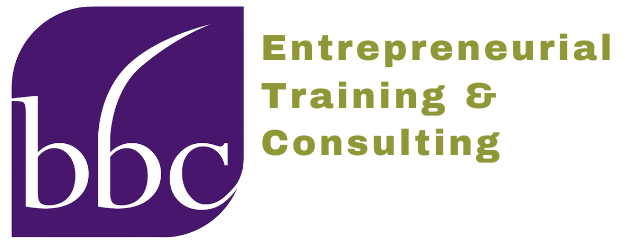Last month, we outlined our top 10 dos and don’ts for getting your Phase I NIH proposal in shape and ready to submit before the April 5
deadline. This month we continue that theme by presenting what we have determined, over years of reviewing proposals, to be our top 10 brilliant ideas or stupid mistakes for Phase II proposals. Here are our favorites:
Brilliant Idea: Ensure that you achieved your Phase I Aims before moving on to Phase II
- Make it clear that you demonstrated feasibility
- Show how the Phase I work supports the Phase II hypothesis and aims
Brilliant Idea: Describe your Phase II “deliverable”
- Make sure it is clear what you will accomplish and deliver at the end of the Phase II
- Have criteria driven aims to show that you’ll know when you’ve finished
- Describe how will the outcome support/enable the next steps of the project
Stupid Mistake(s):
- Assuming that the “state of the science” has not changed since you wrote your Phase I
- Assuming that the “state of the market” has not changed since you wrote your Phase I
- Conduct thorough and up-to-date literature reviews and market research and then update your significance and innovation sections
Brilliant Idea: Expand your R&D team (including subcontractors, consultants, advisors…) and your commercialization team and resources to support your:
- Phase II deliverables
- Post-Phase II R&D
- Integration into the Market
Stupid Mistake: Not developing an appropriate and comprehensive budget that addresses all of the project costs and is well justified
- e.g.: “we’ll impress the reviewers by asking more direct costs and less indirect costs”
- e.g.: “let’s ask for more money because we can”
Brilliant Idea: Develop your detailed commercialization plan as soon as you get your Phase I funded (if not before)
- Developing a credible, validated commercialization plan can take a long time. Don’t wait until the end of Phase I to start!
Stupid Mistake: Having the “Build it and they will come” commercialization strategy
- Make sure to validate all of your commercialization plan assumptions (e.g. that you can raise capital, or engage in strategic partnerships) by providing letters of validation with your commercialization plan.
Stupid Mistake: Convincing yourself of the value of the solution (e.g. product) to the problem (e.g., market) based on secondary market research (e.g. numbers)
- Don’t just rely on numbers. They can mislead.
- Don’t outsource your primary market research. Talk to customers directly to test your market assumptions!
Brilliant Idea: If you have IP, are in the process of obtaining IP, and/or, expect to develop IP…..
- Explain how your IP enables your commercialization strategy
- If you don’t have IP or plan to develop IP….Explain how you can implement a commercialization strategy without IP
Brilliant Idea: Validate Your Commercialization Assumptions — Especially the financing ones
- Know when “when” is, e.g., when…
- Investors will fund us
- Strategic partners will engage with us
- The market wants this
- The market will pay for this
If BBCetc can help you develop your Phase II or Phase I proposal, contact us! Bottom line: it’s best to:
~~~~~~~~~~~~~~~~~~~~
Lisa Kurek is Partner Emerita and Sr. Principal Consultant for BBCetc

